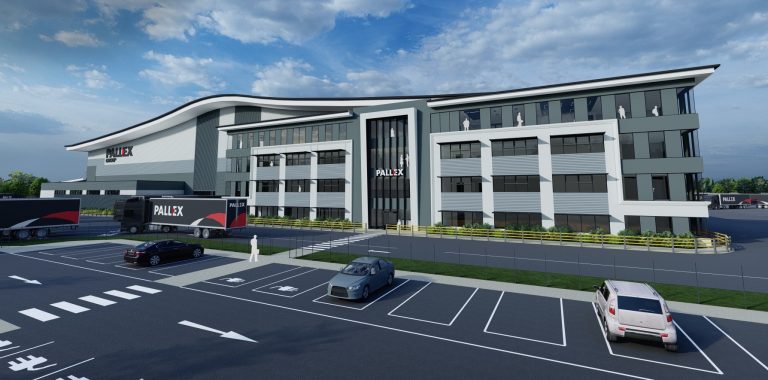Welcome Break has agreed a 75-year extension with the Department for Transport and National Highways to continue operating eight key motorway service areas across England.
The agreement secures the company’s presence at Newport Pagnell, Corley, Woodall, Birchanger, Warwick, Membury, Keele, and Leicester Forest East — locations that collectively employ about 2,000 people.
Under the terms, Welcome Break will invest further in modernising its facilities and expanding its electric vehicle charging capacity. More than 1,000 chargers are expected to be available across its network by 2026, with Leicester Forest East set to receive ultra-rapid chargers for the first time.
The lease renewal forms part of a £400 million investment programme over five years aimed at improving food, retail, and rest amenities across its 60 service areas and 31 hotels.
National Highways said the agreement supports its wider plan to manage public assets sustainably and prepare for higher EV adoption. The deal also provides long-term certainty for roadside businesses that rely on consistent footfall from Britain’s motorway network.
Newmark and Freeths advised Welcome Break. CBRE and Eversheds Sutherland represented the Department for Transport and National Highways.












